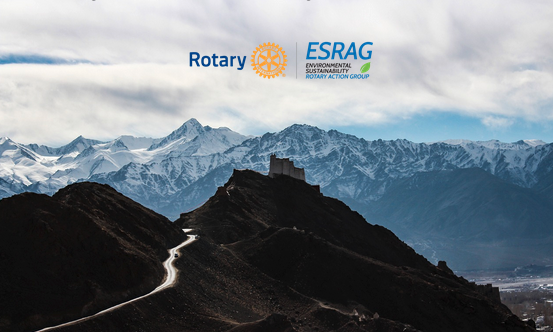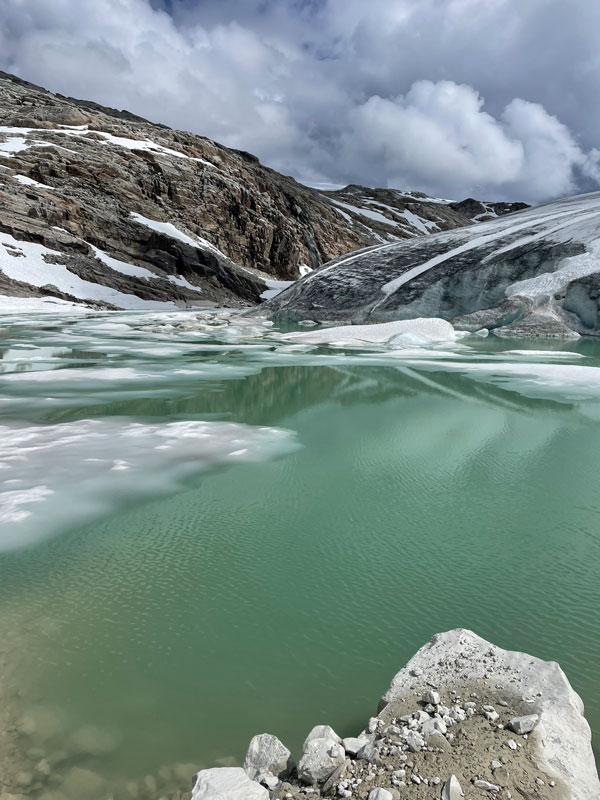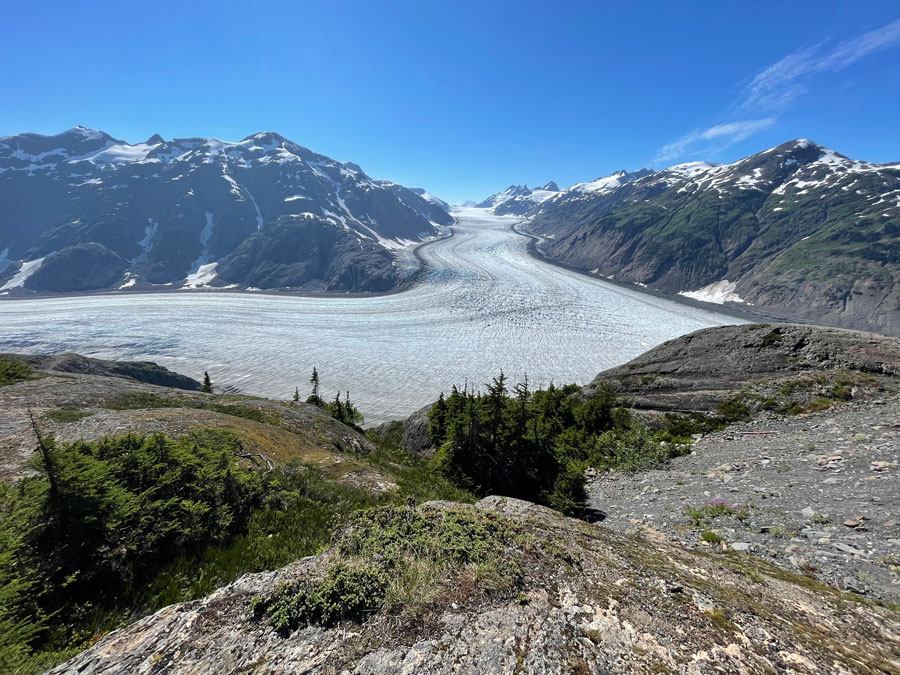TASKFORCE
Conserving Glacial Resources
Implementing and evaluating innovative glacial management techniques to slow down melting and conserving the meltwater.

WHAT IS IT?
Rotary Ideas in Action
Aiming to enhance citizen science participation by collaborating with local Rotary clubs, districts, and ESRAG Regional Chapters. Rotary members worldwide are invited to actively participate in the group to plan and conduct campaigns for environmental sustainability in glacier regions. This includes contributing to awareness-raising efforts through local and international workshops.
CONSERVING GLACIAL RESOURCES
Featured Projects
Projects the task force supports coming soon.
The inaugural project will unfold in the cold-arid mountain region of Ladakh in the vicinity of the Karakoram and westernmost Himalayan mountain ranges. Glaciers here play a crucial role in sustaining life. Over the past seven years, local communities, in collaboration with institutions in the Swiss Alps and Ladakh Himalayas, have pioneered the construction of artificial ice reservoirs, known as ice stupas and ice terraces. This tradition, deeply rooted in the belief that glaciers are living entities, has proven effective in capturing and storing water through the winter, providing a lifeline to communities dependent on glacial meltwater.
Glacial Melting and Water Scarcity
The Conserving Glacial Resources (CGR) Task Force addresses the pressing issue of glacial melting and its severe consequences. Glaciers, once steadfast reservoirs of freshwater, are rapidly diminishing, posing a threat to freshwater supplies for billions of people and jeopardizing ecosystems, agriculture, and industries worldwide.
ESRAG’s innovative collaboration is an opportunity for the worldwide Rotary family to help plan and conduct campaigns for environmental sustainability in glacier regions. This includes awareness-raising efforts through local and international workshops. Clubs, districts, and ESRAG Regional Chapters will be also able to contribute by organizing citizen science.

CONSERVING GLACIAL RESOURCES
Task Force Objectives
Conserving glacial resources and
empowering vulnerable communities.
How to contribute
As we stand on the cusp of a pivotal moment in environmental conservation, the Task Force invites Rotary members to be a part of this initiative. Looking forward to the contribution of dedicated volunteers who share the commitment to environmental sustainability and community resilience. Your expertise, passion, and unique perspectives will be invaluable in shaping the success of this Task Force.
How You Can Contribute:
- Technology Enthusiasts: Engineers, programmers, and tech innovators, your skills are pivotal in refining and advancing the automated ice reservoir technology.
- Environmental Advocates: If you are passionate about environmental conservation, climate action, and sustainable practices, join the Task Force in raising awareness and driving impactful change.
- Community Leaders: Local community engagement is at the heart of the project. The Task Force seeks leaders who understand the needs and dynamics of their communities to ensure the success and sustainability of mitigation actions.
- Research and Data Analysts: Help quantify the impact of this initiative. Researchers and data analysts are critical to assessing the effectiveness of the interventions and shaping future strategies.
- Collaborative Engagement and Club Support: the engagement of Rotary Clubs is crucial for the success of the conservation initiative. Clubs have the potential to bring not only financial support but also valuable local insights through community assessments. Club’s involvement can play a pivotal role in understanding the unique needs and challenges of communities affected by glacier melting, contributing to the overall success of the Task Force
The Technological Leap: Automated Ice Reservoirs
Rotary’s Area of Focus
CGR Task Force is dedicated to addressing critical aspects of climate change, particularly in regions affected by the melting of glaciers. Through a lens of adaptation, the Task Force aims to fortify the resilience of ecosystems and communities facing imminent threats such as water shortages, floods, and related challenges stemming from glacial melt. To summarize, the main focus of the Task Force:
- Supporting Vulnerable Communities: developing and implementing adaptation and resiliency strategies tailored to communities most affected by climate-related events. This includes prioritizing vulnerable segments of the population to ensure that adaptation measures are equitable and inclusive.
- Conservation Strategies for Climate-Induced Changes: anticipating climate-induced migration and habitat needs is crucial. CGR Task Force will engage in promoting conservation strategies that not only address the immediate challenges posed by glacial melt but also collaborate with local leaders to improve further adaptation strategies.
-
Join us in this pioneering effort to conserve glacial resources and empower vulnerable communities. Your involvement can make a significant difference in mitigating the impact of climate change and ensuring a sustainable future for regions dependent on glacial water.
Want to take action?
Let’s collaborate to positively address the challenges posed by glacial retreat and work towards building a resilient future together.
